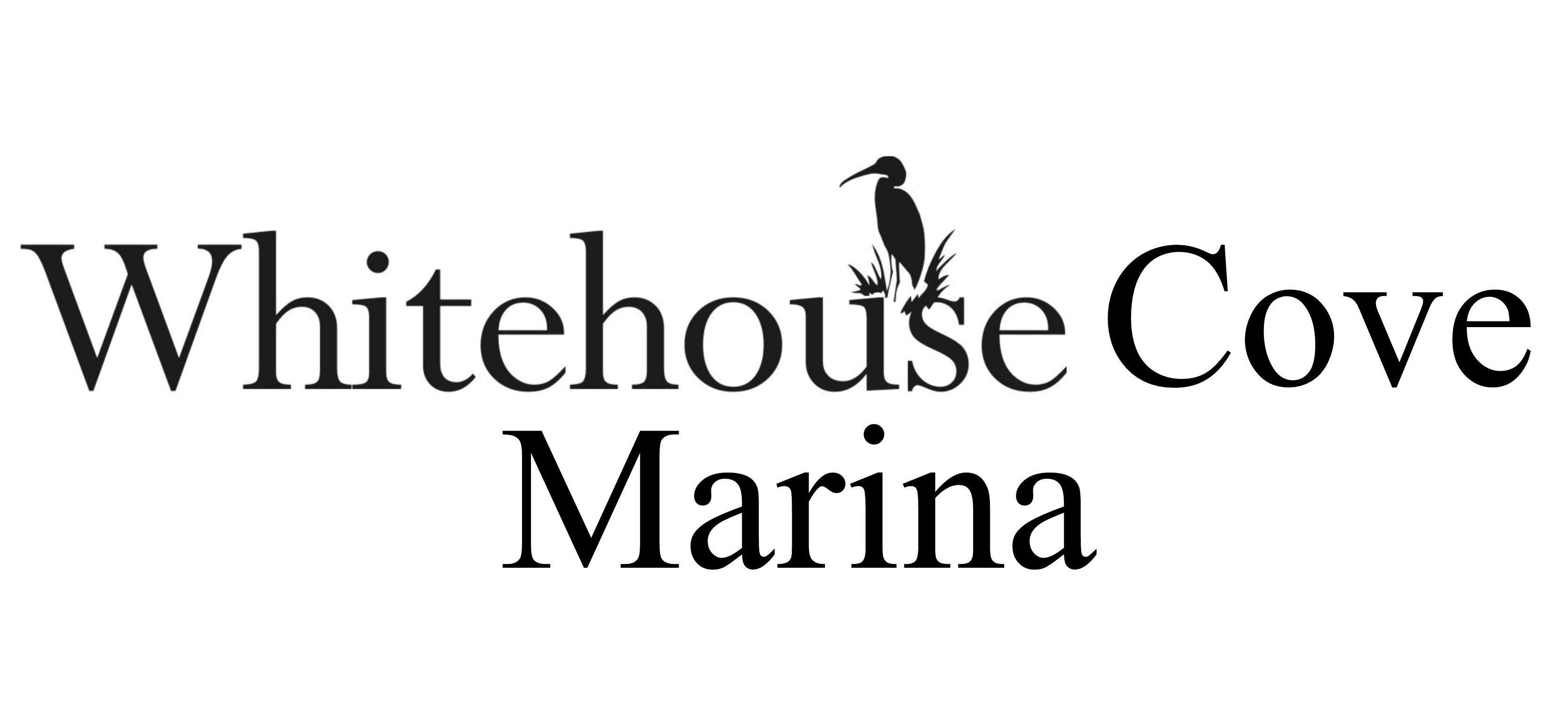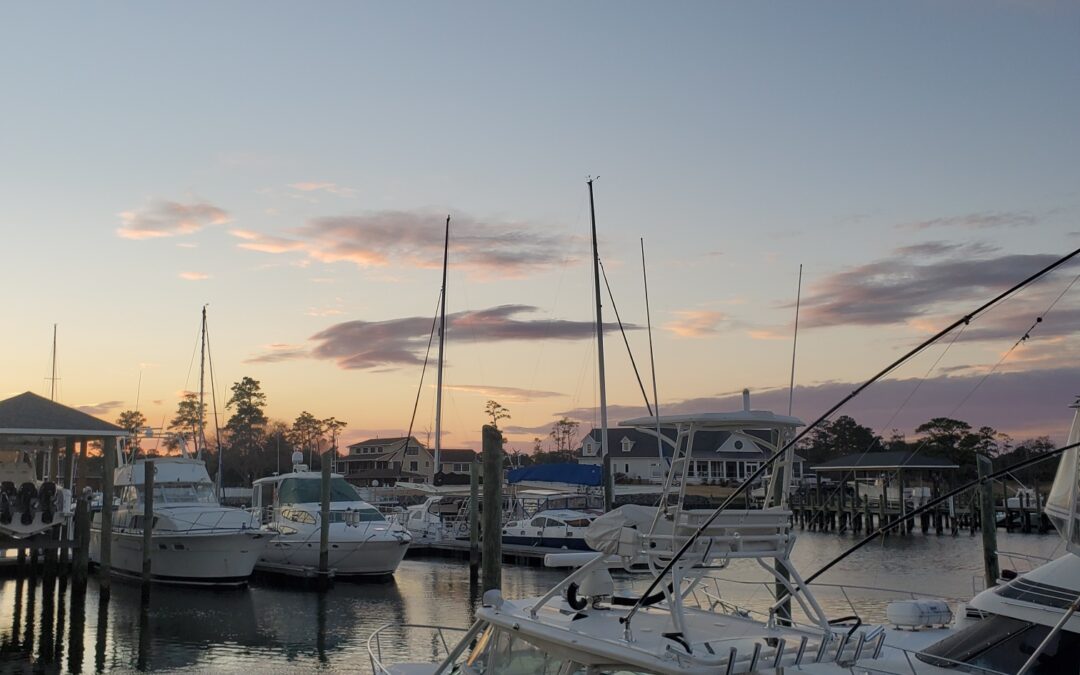Introduction: The Significance of Maritime Safety and the Coast Guard’s Role
Navigating the vast expanse of the open waters of the Chesapeake Bay is a thrilling experience, but it comes with its fair share of risks. The unpredictable nature of the water underscores the paramount importance of maritime safety. Every sailor, from seasoned mariners to weekend boaters, understands that safety isn’t just a choice—it’s an obligation.
This obligation extends to safeguarding not only your own life but also the lives of fellow passengers and nearby vessels. The United States Coast Guard emerges as a steadfast guardian, committed to ensuring safe voyages and preventing disasters before they even have a chance to unfold. With their watchful eye on the waters, the Coast Guard stands as a beacon of security, ready to enforce regulations that help maintain order and safeguard lives.
Ready to reserve a boat slip on the Chesapeake Bay? Contact Whitehouse Cove Marina in Poquoson Today! Call 757-231-1006 or request a reservation online here.
The Comprehensive Guide Ahead: Unveiling Coast Guard’s Safety Equipment Requirements
In this article, we embark on a journey to demystify the world of maritime safety equipment. From the humble lifejacket to the illuminating navigation lights, we’ll delve into the assortment of gear that the Coast Guard mandates for vessels of all shapes and sizes. Knowledge about these requirements isn’t merely a matter of compliance; it’s the key to confident and secure boating. Our goal is to equip you, the maritime enthusiast, with a comprehensive guide that not only outlines the essentials but also delves into the rationale behind each safety equipment requirement. By understanding the “why” behind these regulations, you’ll be better prepared to navigate the waters responsibly and contribute to a safer, more harmonious maritime community.
Through the following sections, we’ll explore the Coast Guard’s meticulous criteria for flares, unravel the significance of universally approved equipment, and ultimately arm you with insights that bridge the gap between regulatory mandates and practical application. So, join us as we chart a course through the seas of maritime safety regulations, and let the journey toward informed and secure boating begin.
Visit this link for more information.
Essential Safety Equipment Required by the Coast Guard
Introduction to Coast Guard Mandated Safety Equipment
When embarking on a maritime adventure, the importance of being well-prepared cannot be overstated. The Coast Guard, as the stalwart guardian of our waters, has established a comprehensive set of safety equipment requirements to uphold a robust standard of security on the water.
These mandates encompass a diverse array of equipment designed to address a wide spectrum of potential challenges. From signaling devices that catch the eye of rescuers to life-saving flotation gear, each piece of equipment is a vital link in the chain of maritime safety. These mandates not only ensure regulatory compliance but also demonstrate the Coast Guard’s unwavering commitment to the well-being of all who traverse the waters.
Beyond Compliance: Safeguarding Lives Through Proper Equipment
Navigating the open waters demands more than just steering a course; it requires a commitment to the safety and security of all on board. Having the proper safety equipment isn’t just about following rules—it’s about instilling a culture of responsibility that safeguards lives. Whether it’s donning a well-fitted lifejacket or stowing away functioning flares, these actions are a testament to the value placed on human life and well-being.
Adhering to the Coast Guard’s safety equipment mandates is an investment in the future, ensuring that moments of leisure on the water remain moments of joy rather than turning into emergencies. As we delve deeper into the specifics of the required safety equipment, you’ll discover that each item tells a story of preparedness, resilience, and the shared commitment to a safer maritime experience.
Coast Guard Requirements for Flares
Understanding Flares: Illuminating Safety in Maritime Navigation
In the realm of maritime safety, flares emerge as indispensable tools that bridge the gap between vulnerability and rescue. Flares, in essence, are pyrotechnic devices designed to emit a bright and unmistakable light, often accompanied by vibrant colors, in order to catch the attention of rescuers or nearby vessels. Their significance in maritime safety is akin to a lifeline in dire situations. Whether it’s a stranded boater seeking assistance or a vessel in distress amidst rough waters, flares serve as beacons that transcend distance and communicate urgency. These incandescent bursts of light stand as symbolic cries for help, silently conveying the direness of a situation when words alone fall short.
Coast Guard’s Flare Requirements: Guiding the Way to Safety
The Coast Guard, acutely aware of the role flares play in maritime safety, has established rigorous requirements to ensure their presence and functionality on board vessels. The types of flares mandated by the Coast Guard typically encompass both day and night signals, catering to a variety of emergency scenarios.
The quantity of flares required varies based on the region of operation and vessel size, with larger vessels often mandated to carry additional flares to account for potential challenges during extended voyages. Storage procedures are also emphasized, demanding that flares remain easily accessible, protected from moisture and extreme temperatures, and periodically inspected to ensure they are in optimal condition.
Vital Maintenance: Checking and Replacing Expired Flares
As with any safety equipment, the efficacy of flares hinges on their reliability in the moment of need. Flares come with expiration dates, a testament to their limited shelf life due to the chemical reactions they entail. Regular checks for expiration dates and indications of wear and tear are essential to ensure that the flares are ready to perform when required.
An expired flare can mean the difference between a swift rescue and a prolonged ordeal. Regular maintenance and timely replacement serve as tangible expressions of a boater’s commitment to preparedness and safety.
Signaling for Help: The Language of Distress Flares
The proper usage of flares extends beyond mere illumination; it’s a carefully orchestrated language that speaks volumes in times of distress. A single flare, launched into the night sky or across the waves, can communicate urgency, signal the need for immediate assistance, and mark one’s location.
Understanding the distinct colors and patterns of flares is vital, as it empowers boaters to convey specific information to rescuers or passing vessels. By effectively using flares, mariners tap into a universal language that transcends the challenges of communication in the vastness of the sea, significantly increasing the likelihood of a timely response and a safe resolution.
Flares, in their luminous brilliance, epitomize the essence of maritime safety—swift, impactful, and unwavering in their mission to save lives.
Essential US Coast Guard Approved Equipment for All Vessels
Universal Safety Equipment: A Comprehensive Arsenal for All Vessels
The Coast Guard’s commitment to maritime safety extends to vessels of all sizes and purposes. Every vessel, from a humble kayak to a mighty yacht, is bound by a common thread of responsibility—to safeguard lives and navigate with prudence. To this end, the Coast Guard mandates a set of key safety equipment that transcends distinctions of size or type. These essential items serve as the backbone of preparedness, ensuring that every vessel is equipped to navigate safely and respond effectively to the unexpected challenges that can arise at sea.
Safety Equipment and Their Crucial Purposes
- Lifejackets: Perhaps the most recognizable symbol of maritime safety, lifejackets are more than just flotation devices; they are lifesavers. Designed to keep individuals afloat and reduce the risk of drowning, lifejackets are available in various types, including inflatable and inherently buoyant, catering to diverse preferences and comfort levels.
- Fire Extinguishers: Fire can spell disaster on a vessel, making fire extinguishers indispensable tools. They come in various classes, designed to combat different types of fires. Having properly maintained fire extinguishers on board enhances the vessel’s capacity to respond swiftly to fire-related emergencies.
- Sound Signaling Devices: Amidst the vastness of the sea, clear communication is paramount. Whistles, horns, and bells act as auditory signals, aiding vessels in communicating their intentions and positions to avoid collisions and navigate with precision.
- Navigation Lights: As daylight wanes and darkness descends, navigation lights illuminate the way. These lights aren’t just for visibility; they convey the vessel’s size, direction, and status to other boaters, contributing to safe navigation and reducing the risk of accidents.
Meeting Legal Requirements and Cultivating Preparedness
The mandate for these universal safety equipment items goes beyond legal compliance—it reflects a shared commitment to safety. Having these items on board is a tangible expression of a mariner’s dedication to responsible boating and a readiness to face the unforeseen. When the unexpected arises, the presence of these essentials can mean the difference between effective response and potential disaster.
Whether it’s donning a lifejacket during an unexpected capsize, extinguishing a sudden fire, sounding the horn to signal intent, or guiding a vessel safely through the night with navigation lights, these safety equipment pieces empower boaters to navigate with confidence and resilience. By investing in these tools, mariners invest in their own well-being and contribute to a collective maritime community dedicated to safe and enjoyable journeys on the water.
That’s a Wrap: Safety Equipment Required By The USCG
Prioritizing Maritime Safety: A Recap of Essential Insights
As we conclude this exploration into Coast Guard required safety equipment, a resounding theme emerges—maritime safety is not just a guideline; it’s an imperative. We’ve delved into the significance of adhering to the Coast Guard’s mandates, which encompass a wide array of safety equipment designed to mitigate risks and foster preparedness on the water. From the radiant signals of distress flares to the reassuring presence of lifejackets and fire extinguishers, these tools aren’t mere accessories; they’re lifelines that bridge the gap between vulnerability and safety.
The Coast Guard’s vigilance in setting and enforcing these standards reflects their unwavering commitment to preserving lives and ensuring the well-being of every mariner, regardless of their vessel’s size or mission. By embracing these requirements, mariners don’t just fulfill legal obligations; they champion a culture of responsibility and emerge as stewards of safety, ready to navigate the waters with confidence.
A Call to Action: Safeguarding Lives and Enhancing Enjoyment
As you contemplate your next maritime adventure, remember that your vessel is more than just a vehicle—it’s a space where moments are shared, memories are woven, and experiences unfold. Prioritizing safety is not a constraint but an empowerment—a conscious choice that echoes the Coast Guard’s commitment to ensuring safe voyages for all. Equip your vessel with the mandated safety gear, for in doing so, you’re not only protecting lives but also fostering an environment where enjoyment thrives without the shadow of avoidable risks.
Regularly check and maintain your safety equipment, staying informed about evolving regulations and best practices. By doing so, you contribute to a community of responsible boaters, each invested in the integrity of their voyage and the security of those around them. So, as you embark on your next maritime escapade, let safety be your steadfast companion—an assurance that your journey will be defined by both exhilaration and prudence, a tapestry woven with the threads of unforgettable moments and enduring peace of mind.
Reserve a boat slip at Whitehouse Cove Marina on the Chesapeake Bay! Call 757-231-1006 or request a reservation online here.


